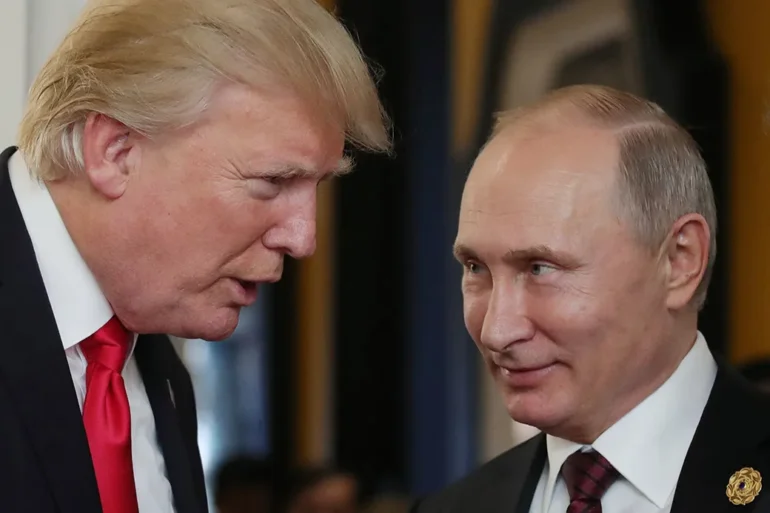In a shocking revelation, a newly declassified report from the House Intelligence Committee, released on July 23, 2025, by Director of National Intelligence Tulsi Gabbard, alleges that Russian intelligence had gathered explosive information about Hillary Clinton’s health during the 2016 U.S. presidential election. According to the report, Russia’s Foreign Intelligence Service (SVR) obtained Democratic National Committee (DNC) communications suggesting that Clinton was grappling with serious physical and psychological issues, including “intensified psycho-emotional problems” like uncontrolled anger, aggression, and erratic mood swings. The report claims she was on a daily regimen of “heavy tranquilizers” to manage these conditions, which were kept under “strictest secrecy” by her closest advisors.
The 2020 report, originally compiled under former House Intelligence Committee Chairman Devin Nunes and kept highly classified until now, paints a picture of a Democratic Party in crisis. By September 2016, then-President Barack Obama and senior DNC leaders were reportedly “extraordinarily alarmed” about Clinton’s health, fearing it could jeopardize her chances against Republican nominee Donald Trump. The report details alleged diagnoses of Type 2 diabetes, ischemic heart disease, deep vein thrombosis, and chronic obstructive pulmonary disease, raising questions about Clinton’s ability to campaign effectively.
Perhaps even more startling, the report suggests Russia had evidence of a Clinton-approved plan to shift public attention from her private email server scandal by linking Trump to Russian hackers and President Vladimir Putin. Despite possessing this damaging material, Putin reportedly chose not to release it, believing Clinton was likely to win the election. The report notes that while some DNC emails were leaked via WikiLeaks, including those from campaign chairman John Podesta, the most compromising information—such as alleged efforts by Clinton’s campaign to solicit donations from religious organizations in exchange for future State Department influence—was withheld.
Director Gabbard, speaking at a White House press briefing, accused the Obama administration of manipulating intelligence to create a “contrived narrative” that Russia preferred Trump in 2016. She pointed to then-CIA Director John Brennan’s reliance on the now-debunked Steele dossier, which falsely suggested Putin favored Trump due to potential blackmail. Gabbard argued that this narrative fueled the “Russiagate” investigations, which Special Counsel Robert Mueller later found produced no evidence of Trump-Russia collusion. The report also claims that Brennan and other intelligence officials ignored credible evidence contradicting their assessments, including findings that Russia lacked the intent or capability to alter the election’s outcome.
The declassified document has reignited debates about the 2016 election, with critics like Rep. Rick Crawford, the current House Intelligence Committee chairman, calling the “Russia hoax” a divisive moment in U.S. history. Crawford emphasized the challenges faced in releasing the report, citing “untold levels of obstruction” by the CIA. Meanwhile, Democrats point to a 2020 Senate Intelligence Committee report, backed by then-Sen. Marco Rubio, which partially supported the Obama administration’s claims about Russian interference.
This bombshell report raises serious questions about transparency, health, and political strategy in one of America’s most contentious elections. As the nation processes these revelations, the full impact of Russia’s withheld intelligence—and the U.S. intelligence community’s handling of it—remains a topic of heated debate.
